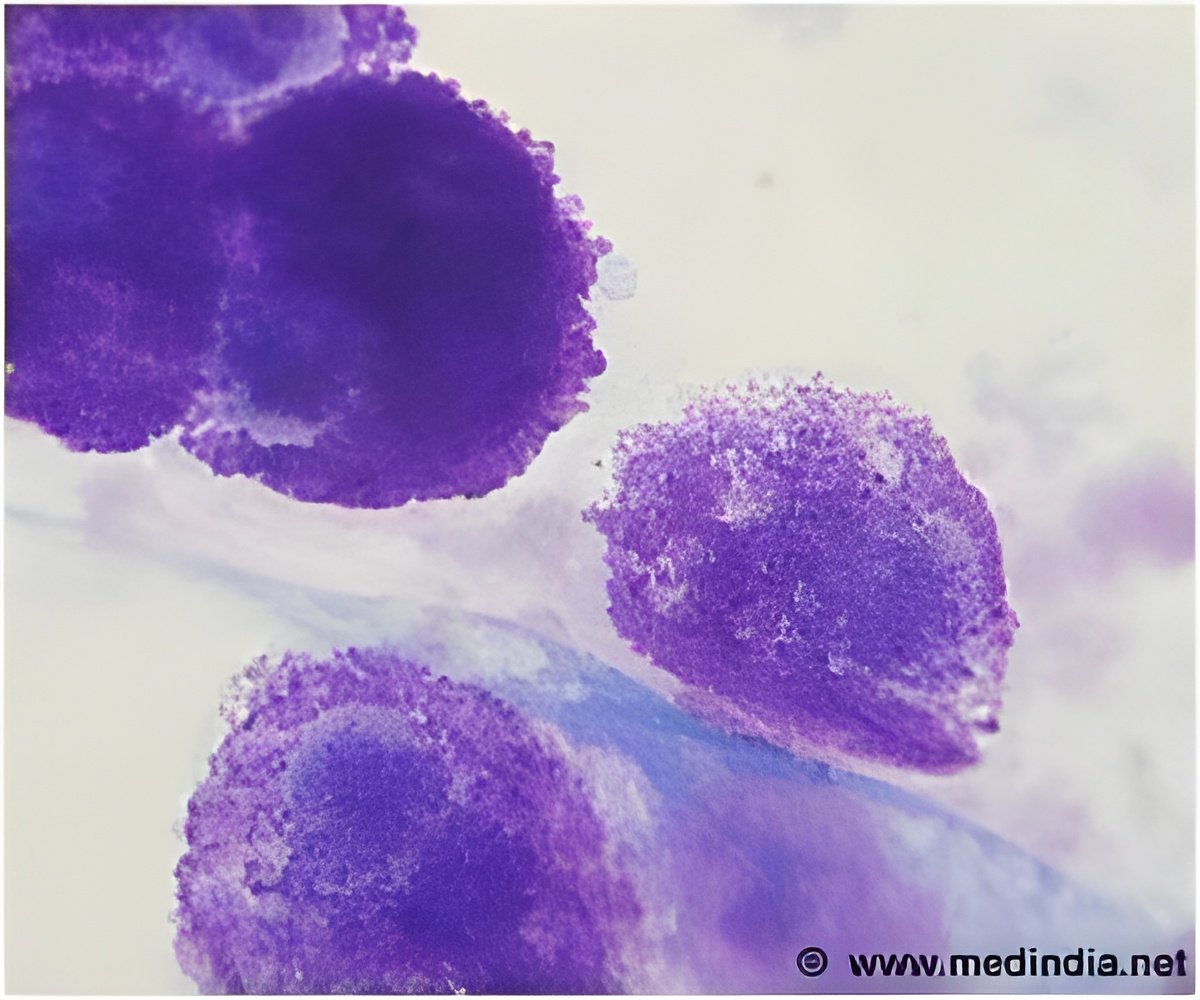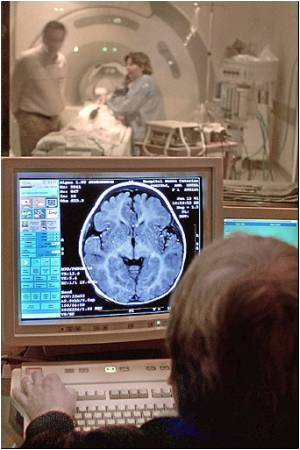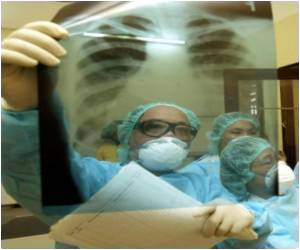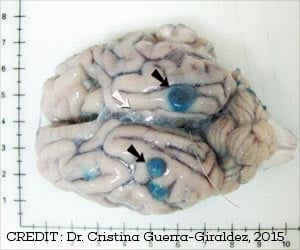A new technique that uses gas-filled microbubbles for focusing light inside tissue could one day provide doctors with a minimally invasive way of destroying tumors.

‘It has always been difficult to focus light through tissues. Researchers turned to microbubbles, commonly used in medicine to enhance contrast in ultrasound imaging. This technique could one day provide doctors with a minimally invasive way of destroying tumors with lasers.’





To get around this problem, Yang and his team turned to microbubbles, commonly used in medicine to enhance contrast in ultrasound imaging. The gas-filled microbubbles are encapsulated by thin protein shells and have an acoustic refractive index - a property that affects how sound waves propagate through a medium - different from that of living tissue. As a result, they respond differently to sound waves.
Haowen Ruan, a postdoctoral scholar in Yang's lab, said, "You can use ultrasound to make microbubbles rapidly contract and expand, and this vibration helps distinguish them from surrounding tissue because it causes them to reflect sound waves more effectively than biological tissue."
In addition, the optical refractive index of microbubbles is not the same as that of biological tissue. The optical refractive index is a measure of how much light rays bend when transitioning from one medium (a liquid, for example) to another (a gas).
Yang, Ruan, and graduate student Mooseok Jang developed a novel technique called time-reversed ultrasound microbubble encoded (TRUME) optical focusing that utilizes the mismatch between the acoustic and optical refractive indexes of microbubbles and tissue to focus light inside the body. First, microbubbles injected into tissue are ruptured with ultrasound waves. By measuring the difference in light transmission before and after such an event, the Caltech researchers can modify the wavefront of a laser beam so that it is focuses on the original locations of the microbubbles. Yang explains, "The result is as if you're searching for someone in a dark field, and suddenly the person lets off a flare. For a brief moment, the person is illuminated and you can home in on their location."
Advertisement
Yang said, "Each popping event serves as a road map for the twisting light trajectories through the tissue. We can use that road map to shape light in such a way that it will converge where the bubbles burst."
Advertisement
Yang said, "Ultrasound and X-ray techniques can only detect cancer after it forms a mass. But with optical focusing, you could catch cancerous cells while they are undergoing biochemical changes but before they undergo morphological changes."
The technique could take the place of other of diagnostic screening methods. For instance, it could be used to measure the concentrations of a protein called bilirubin in infants to determine their risk for jaundice. Ruan said, "Currently, this procedure requires a blood draw, but with TRUME, we could shine a light into an infant's body and look for the unique absorption signature of the bilirubin molecule."
Yang said, "In combination with existing techniques that allow scientists to activate individual neurons in lab animals using light, TRUME could help neuroscientists better understand how the brain works. Currently, neuroscientists are confined to superficial layers of the brain. But our method of optical focusing could allow for a minimally invasive way of probing deeper regions of the brain."
Source-Eurekalert









